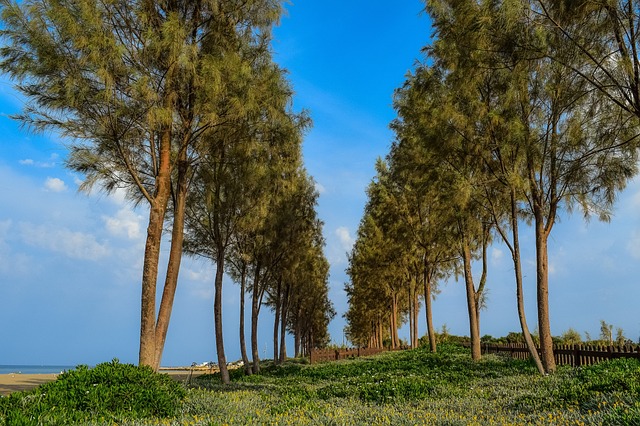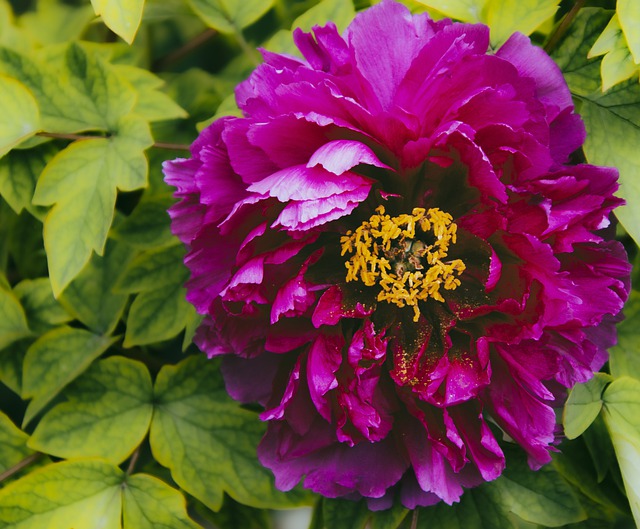milhar cobra 🌞 Milhar Cobra: A Peculiar Phenomenon in Brazilian Agriculture

Olá a todos! Hoje, trago um artigo completo sobre milhar cobra e milhar cobra. Espero que este conteúdo seja útil para vocês!
In the intricate tapestry of Brazilian agriculture, certain phenomena stand out not only for their uniqueness but also for their significant implications on the agricultural economy and practices. Among these, the milhar cobra, or "cobrança do milho," emerges as a fascinating topic that encapsulates both the challenges and innovations faced by farmers across the nation. This term, which translates to "corn cobra," refers to a particular agricultural practice linked to the cultivation of maize, a staple crop in Brazil. milhar cobra

The milhar cobra phenomenon is characterized by a specific method of planting maize that has gained traction among Brazilian farmers, particularly in regions where the climate and soil conditions are conducive to this practice. This form of cultivation involves the strategic intercropping of maize with certain legumes and other complementary plants. By leveraging the natural synergies between these crops, farmers aim to enhance soil fertility, improve yields, and create a more resilient agricultural system. milhar cobra
At its core, the milhar cobra is a reflection of sustainable agricultural practices. Farmers who adopt this method often observe a significant reduction in the need for chemical fertilizers and pesticides, leading to a more eco-friendly approach to agriculture. This is especially pertinent in the context of the growing global emphasis on sustainability and the need to reduce the environmental impact of farming practices. The milhar cobra not only promotes biodiversity within the farming ecosystem but also contributes to the overall health of the soil, which is vital for long-term agricultural productivity.milhar cobra

Em resumo, podemos começar a explorar os impactos futuros de milhar cobra.
However, the milhar cobra is not without its challenges. The adaptation of this practice requires a shift in mindset among farmers, many of whom have been accustomed to more conventional farming methods. Education and training play a crucial role in facilitating this transition, as farmers need to understand the principles of crop rotation, intercropping, and the ecological benefits of such practices. Furthermore, access to resources and support systems is essential for farmers to implement the milhar cobra effectively.
The economic implications of the milhar cobra are also noteworthy. By improving yields and reducing dependency on chemical inputs, farmers can potentially increase their profit margins. Additionally, the milhar cobra can lead to greater resilience against climate variability, which is increasingly important given the unpredictable weather patterns observed in recent years. Farmers who embrace this method may find themselves better equipped to withstand droughts, floods, and other climate-related challenges.
Moreover, the milhar cobra has the potential to contribute to food security within Brazil. As maize is a fundamental component of the Brazilian diet and economy, enhancing its production through sustainable practices can have far-reaching effects on local and national levels. This is particularly relevant in rural communities, where agriculture serves as the backbone of the economy and sustenance. By promoting the milhar cobra, there is an opportunity to bolster not only the agricultural sector but also the livelihoods of countless individuals and families.milhar cobra
The governmental policies surrounding agriculture also play a pivotal role in the adoption of the milhar cobra. Supportive policies that encourage sustainable practices and provide financial incentives for farmers can significantly influence the proliferation of this agricultural method. Additionally, collaboration between agricultural researchers, extension services, and farmers is essential to disseminate knowledge and best practices related to the milhar cobra. milhar cobra
As the world grapples with the challenges of climate change and food security, the milhar cobra stands as a beacon of hope within Brazilian agriculture. It symbolizes the potential for innovation and resilience in the face of adversity. While challenges remain, the benefits of adopting such sustainable practices are clear.
In conclusion, the milhar cobra represents a critical intersection of tradition and innovation in Brazilian agriculture. As farmers navigate the complexities of modern agriculture, embracing practices like the milhar cobra can lead to a more sustainable future. The journey towards widespread adoption of this phenomenon will require concerted efforts from various stakeholders, including farmers, researchers, policymakers, and consumers. Ultimately, the milhar cobra has the potential to transform Brazilian agriculture, fostering a system that is not only productive but also resilient and sustainable for generations to come.milhar cobra
A discussão sobre milhar cobra e milhar cobra chega ao fim, esperamos vê-lo em breve para mais informações!
Fale conosco. Envie dúvidas, críticas ou sugestões para a nossa equipe através dos contatos abaixo:
Telefone: 0086-10-8805-0795
Email: portuguese@9099.com


